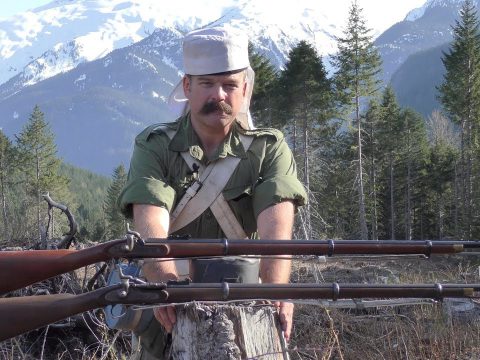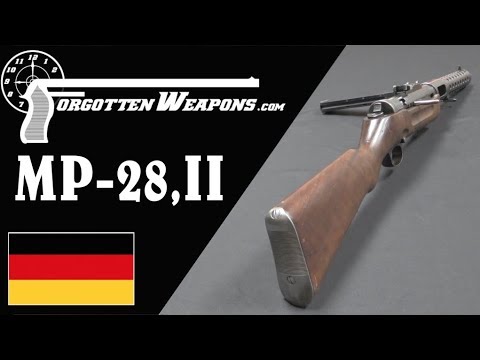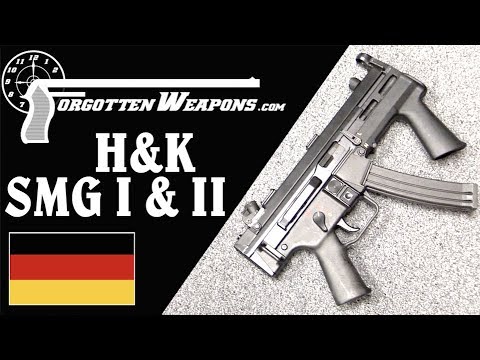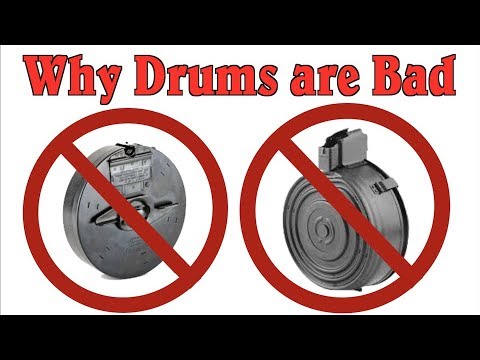http://www.patreon.com/ForgottenWeapons
https://www.floatplane.com/channel/ForgottenWeapons/home
Cool Forgotten Weapons merch! http://shop.forgottenweapons.com
Despite having early experience with the Madsen LMG prior to World War One, the Soviet military opted to follow the German path of machine gun development after the war. Valuing the sustained firepower of belt-fed guns like the MG08-15 and MG08-18 over the portability of guns like the BAR or Lewis, the Soviet Union formally adopted the Maxim-Tokarev in 1925. However, Degtyarev developed his own simple, light, bis-fed design anyway, with support of one M.V. Frunze in the military establishment.
The Army ultimately came around to the benefits of a more portable light machine gun, and the Degtyarev was adopted in 1927, with production beginning in 1928 (hence the references to both DP-27 and DP-28 as its name). It would continue to undergo iterative development for several years, eventually becoming a very durable and reliable weapon for the Red Army. Service in World War Two showed a few shortcomings however, resulting in an upgrade program to the DPM, adopted in 1944. This involved moving the recoil spring to the back of the gun, adding a pistol grip, and improving the bipod. In 1946 it was adapted to belt feed, and eventually only pushed out of service by the introduction of the PK in the early 1960s.
Degtyarev’s gas-operated, flapper-locked system proved to be very successful, and he used the same basic system in the DShK, DS-39, and RPD machine guns as well.
Contact:
Forgotten Weapons
6281 N. Oracle 36270
Tucson, AZ 85740
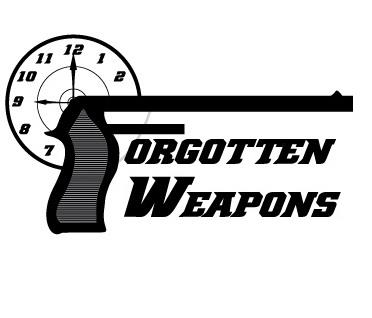
At Forgotten Weapons I think the most interesting guns out there are the most obscure ones. I try to search out experimental and prototype weapons and show you how they work, in addition to more conventional guns that you may not have heard of before. You’re much more likely to find a video on the Cei Rigotti or Webley-Fosbery here than an AR or Glock. So, do you want to learn about something new today? Then stick around!


